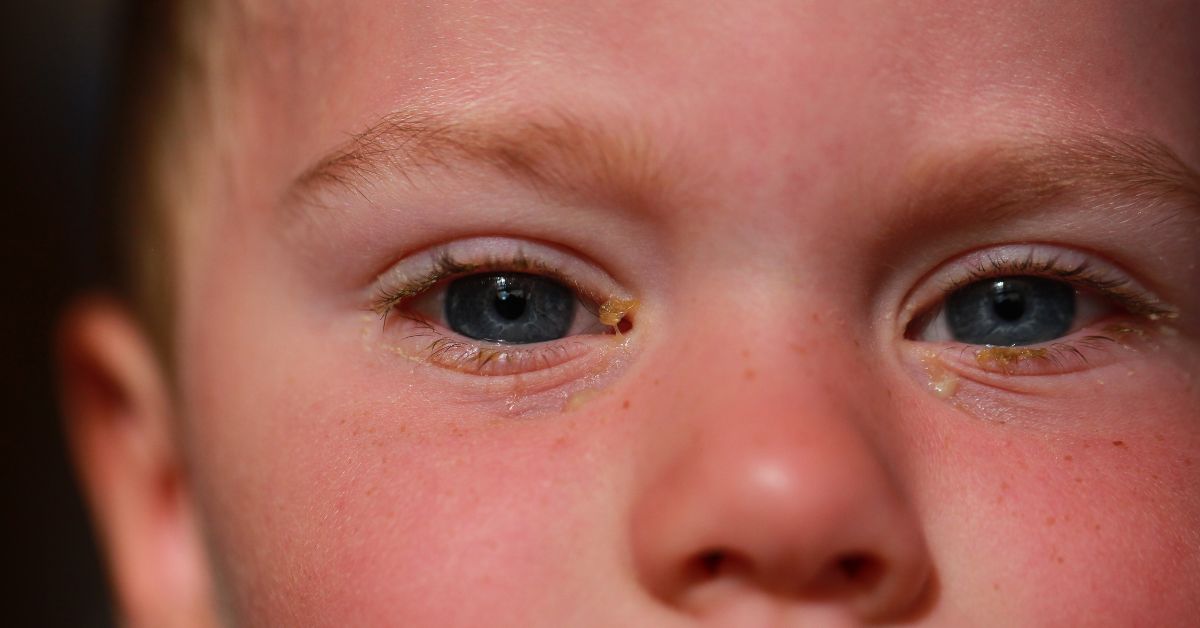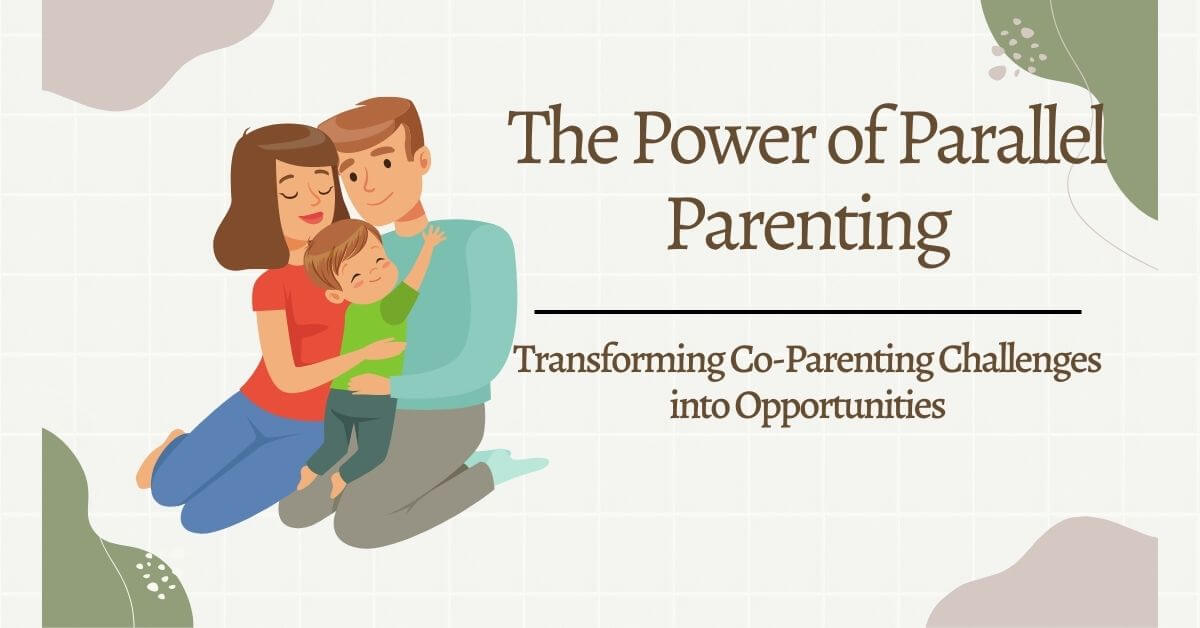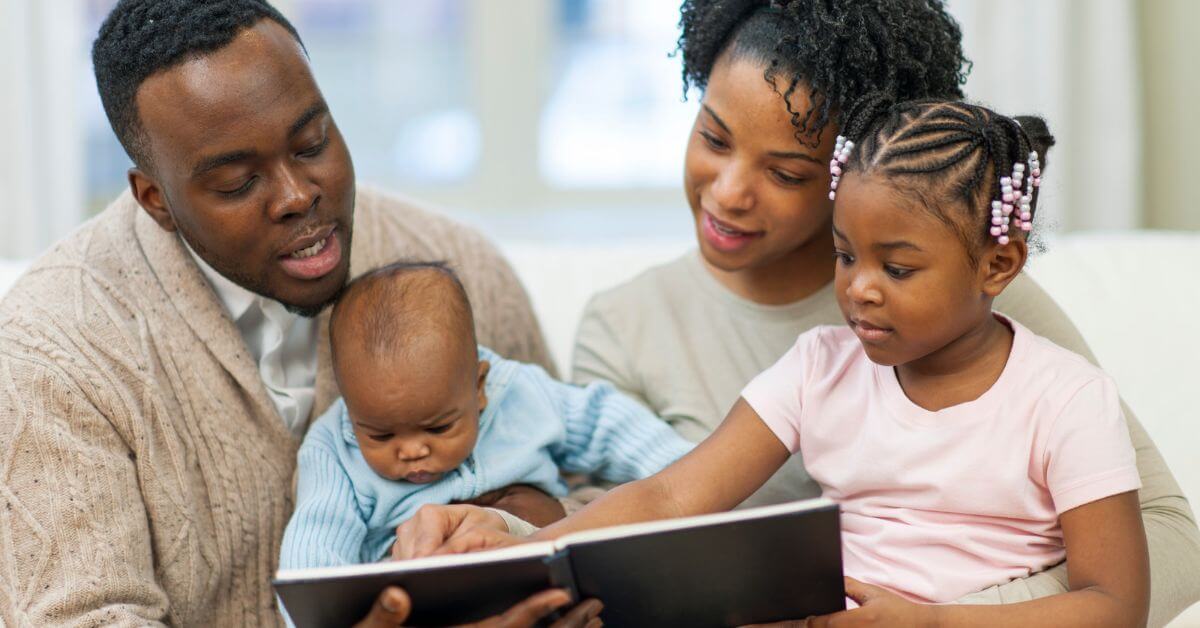Conjunctivitis, commonly known as “pink eye,” is a common eye condition that affects children worldwide. It is characterized by inflammation of the conjunctiva, the thin, transparent membrane that covers the white part of the eye and lines the inner surface of the eyelids. When the conjunctiva becomes infected or irritated, it can lead to conjunctivitis. This condition is particularly prevalent among children due to their close interactions in schools, daycares, and other communal settings.
what is the Importance of Understanding the Condition for Parents and Caregivers?
For parents and caregivers, understanding conjunctivitis in children is crucial for several reasons. First and foremost, recognizing the symptoms early on allows for timely intervention and appropriate treatment, which can alleviate discomfort and prevent complications. Moreover, conjunctivitis can be highly contagious, and being aware of how it spreads helps parents take necessary precautions to protect other family members and peers.
By being informed about the different types of conjunctivitis, their causes, and risk factors, parents can also make informed decisions about seeking medical attention and choosing the most suitable treatment options. Additionally, understanding preventive measures empowers parents to take proactive steps to safeguard their children’s eye health.
What is Conjunctivitis?
Conjunctivitis, commonly known as “pink eye,” is an eye condition characterized by inflammation of the conjunctiva, which is the thin, transparent layer of tissue that covers the white part of the eye (sclera) and lines the inner surface of the eyelids. This inflammation can be caused by various factors, including viruses, bacteria, allergens, and irritants.
The condition gets its name “pink eye” due to the reddish or pinkish appearance of the eyes, which is a result of increased blood flow and dilation of blood vessels in the conjunctiva. Conjunctivitis can affect one or both eyes and may lead to a range of symptoms, such as:
- Redness: The whites of the eyes may appear pink or red, giving the condition its characteristic name.
- Irritation: The affected eye(s) may feel itchy, scratchy, or uncomfortable.
- Discharge: Conjunctivitis can cause discharge from the eyes, which may be watery or thick and yellow or greenish in bacterial conjunctivitis.
- Tearing: Increased tear production is common, leading to watery eyes.
- Crust Formation: Dried discharge may accumulate around the eyelids, causing them to stick together, especially upon waking.
- Sensitivity to Light: Some individuals with conjunctivitis may experience sensitivity to bright light (photophobia).
Types of Conjunctivitis (Viral, Bacterial, Allergic)
There are several types of conjunctivitis, each with distinct causes and characteristics. The main types include viral, bacterial, and allergic conjunctivitis.
- Viral Conjunctivitis:
- Caused by viruses, such as adenovirus and herpes simplex virus.
- Highly contagious and often spreads through contact with infected eye discharge or respiratory droplets.
- Typically starts in one eye and spreads to the other within a few days.
- Watery discharge is common.
- Often accompanied by other cold-like symptoms, such as a runny nose and sore throat.
- Bacterial Conjunctivitis:
- Caused by bacteria, primarily staphylococcus and streptococcus.
- Contagious and commonly spreads through direct contact with infected eye secretions.
- May affect one or both eyes, and the symptoms can be more severe than viral conjunctivitis.
- Discharge is often thicker and may cause the eyelids to stick together.
- Allergic Conjunctivitis:
- Triggered by allergens, such as pollen, pet dander, or dust mites. Non-contagious and typically occurs in response to specific allergens.
Differences Between Viral, Bacterial, and Allergic Conjunctivitis Symptoms While the primary symptoms of redness, tearing, and discomfort are common among all types of conjunctivitis.
Common Causes and Risk Factors for Conjunctivitis in Children
- Viruses: Common cold viruses, adenovirus, and herpes simplex virus.
- Bacteria: Staphylococcus aureus, Streptococcus pneumoniae, and Haemophilus influenzae.
- Allergens: Pollen, pet dander, dust mites, and mold.
- Irritants: Smoke, chemicals, and chlorine from swimming pools.
- Close Contact: Exposure to infected individuals, especially in crowded environments like schools and daycares.
Spotting Conjunctivitis in Children- Recognizing Early Symptoms and Signs
- Redness and Irritation in the Eyes:
- One of the primary symptoms of conjunctivitis is redness in the white part of the eyes.
- The eyes may appear pink or bloodshot, indicating inflammation of the conjunctiva.
- Irritation and discomfort in the affected eye(s) are common.
- Watery or Thick Discharge:
- Conjunctivitis often causes increased tearing, leading to excessive watery discharge.
- In bacterial conjunctivitis, the discharge may be thick, yellow, or greenish.
- Crust Formation Around the Eyes:
- Upon waking, children with conjunctivitis may find their eyelids stuck together due to dried discharge. Crusts or scales may also form around the eyelashes
Diagnosing Conjunctivitis in Children
A. When to Seek Medical Attention
If you suspect your child has conjunctivitis or notice any of the characteristic symptoms, it is essential to seek medical attention promptly. While many cases of conjunctivitis are mild and self-limiting, professional evaluation is crucial to confirm the diagnosis and rule out other potential eye conditions.
B. Examination and Diagnosis by a Healthcare Professional
A healthcare professional, such as a pediatrician or an ophthalmologist, will conduct a comprehensive examination of the child’s eyes to determine the type and severity of conjunctivitis. The examination may include:
- A thorough medical history to identify any potential triggers or exposures.
- Observation of the eyes’ appearance, including redness, discharge, and eyelid swelling.
- A close examination of the conjunctiva and other eye structures using a special magnifying instrument called a slit lamp.
- Collecting a sample of eye discharge for laboratory testing in cases of suspected bacterial conjunctivitis.
C. Importance of Prompt Diagnosis for Appropriate Treatment
Prompt diagnosis is essential to ensure that children with conjunctivitis receive appropriate treatment. Identifying the underlying cause of conjunctivitis helps healthcare professionals determine the most effective treatment approach and avoid unnecessary antibiotic use in cases of viral or allergic conjunctivitis. Accurate diagnosis also allows for early implementation of preventive measures to prevent the spread of infectious conjunctivitis to other individuals.
Treatment of Conjunctivitis in Children
A. Home Care Remedies and Supportive Measures
In mild cases of conjunctivitis, home care remedies and supportive measures can help alleviate discomfort and promote healing. Some effective home care practices include:
- Proper Eye Hygiene:
- Please encourage your child to wash their hands frequently, especially before touching their eyes or face.
- Avoid sharing towels, washcloths, or eye makeup with others.
- Warm Compresses and Eye Baths:
- Applying warm compresses to the affected eye(s) can help soothe irritation and reduce crusting.
- Eye baths with sterile saline solution can help gently clean the eyes and remove discharge.
- Avoiding Irritants and Allergens:
- If allergic conjunctivitis is suspected, identify and minimize exposure to known allergens. Keep windows closed during high pollen seasons and use air purifiers indoors.
- Antiviral Eye Drops or Ointments:
- Antiviral eye drops or ointments may be prescribed for viral conjunctivitis to reduce viral replication and speed up recovery.
- Antiviral medication is most effective when started early during the infection.
- Antibiotics for Bacterial Infections:
- Bacterial conjunctivitis is treated with topical antibiotic eye drops or ointments to combat bacterial growth and reduce inflammation. Complete the full course of antibiotics as prescribed by the healthcare professional.
- Antihistamine Eye Drops:
- Antihistamine eye drops can help reduce eye itching and redness caused by allergic reactions.
- These eye drops are available over-the-counter or by prescription.
- Allergen Avoidance Strategies:
- Identify and minimize exposure to known allergens, such as pollen or pet dander.
- Keep windows closed during peak allergy seasons and use air conditioning with air filtration.
Prevention of Conjunctivitis in Children
- Handwashing:
- Emphasize the importance of frequent handwashing, especially after touching the eyes, nose, or mouth.
- Encourage children to use hand sanitizers when soap and water are not available.
- Avoiding Eye Rubbing:
- Teach children not to rub their eyes, as this can exacerbate irritation and increase the risk of infection transmission.
- Cleaning and Disinfecting Toys and Surfaces:
- Regularly clean and disinfect toys, doorknobs, and shared surfaces to prevent the spread of germs.
- Washing Bedding and Towels Regularly:
- Wash bedding, towels, and washcloths frequently in hot water to eliminate bacteria and allergens.
- Importance of Vaccines in Preventing Certain Types of Conjunctivitis:
- Ensure that your child is up-to-date with routine vaccinations, including those for diseases that can lead to conjunctivitis, such as measles and rubella.
Conclusion
Conjunctivitis, also known as “pink eye,” is a common eye condition affecting children and can be caused by viruses, bacteria, allergens, or irritants. It is characterized by redness, irritation, and discharge from the eyes. Prompt identification, accurate diagnosis, and appropriate treatment are essential for effective management and to prevent the spread of infection.
Early detection of conjunctivitis allows for timely intervention and appropriate treatment, reducing the duration and severity of symptoms. Additionally, understanding the different types of conjunctivitis and their respective symptoms helps parents and caregivers take the necessary precautions and seek appropriate medical attention when needed.
By promoting good hygiene practices, maintaining a clean environment, and ensuring children are up-to-date with their vaccinations, parents can take proactive steps to minimize the risk of conjunctivitis and promote overall eye health in their little ones.
Overall, being well-informed about conjunctivitis in children empowers parents and caregivers to provide the best possible care and support to their children during their recovery from this common eye condition. Through awareness, preventive measures, and prompt action, parents can help ensure their children’s eye health and well-being.






